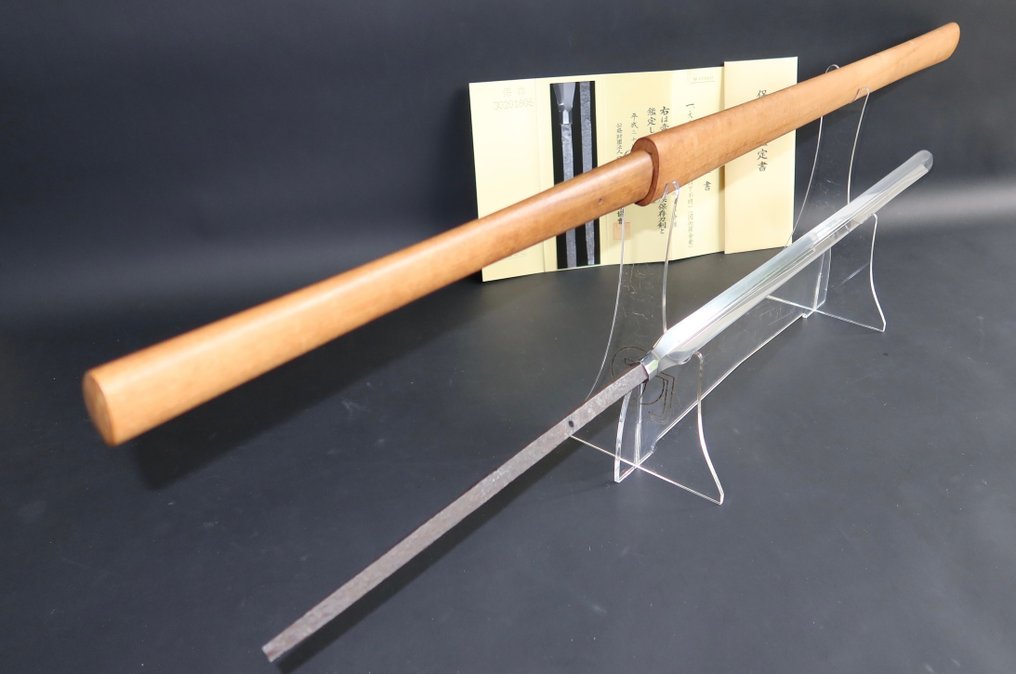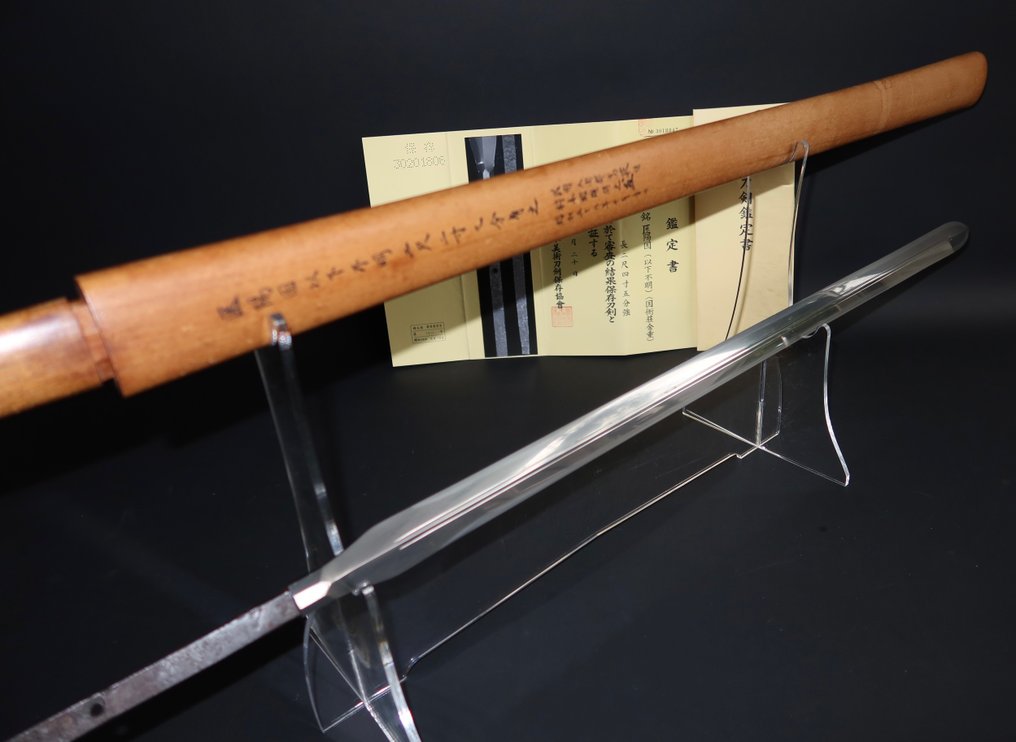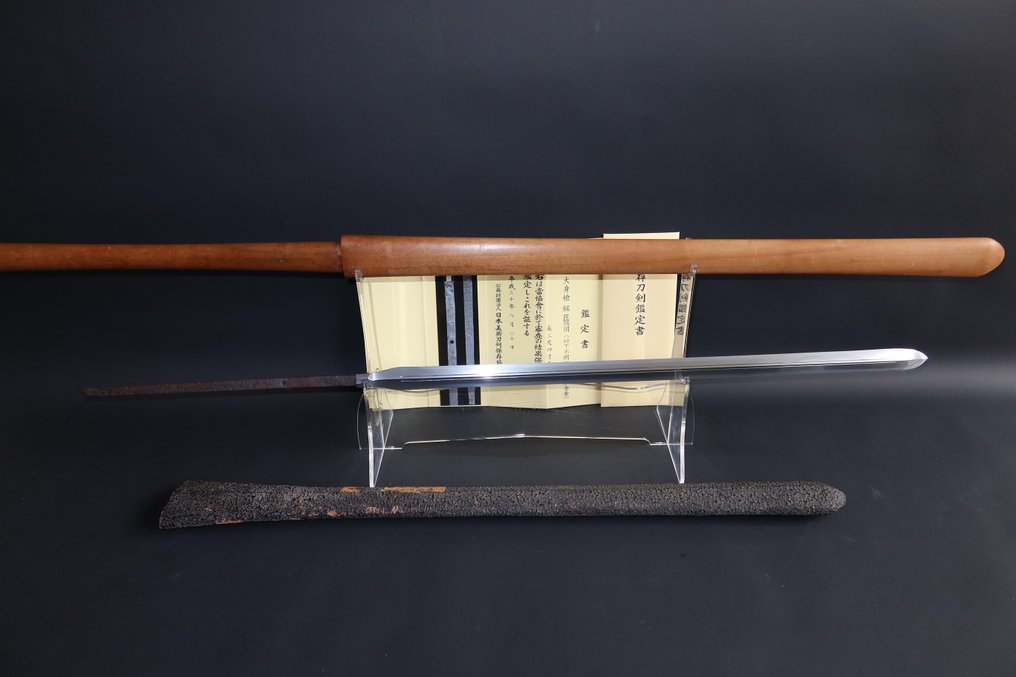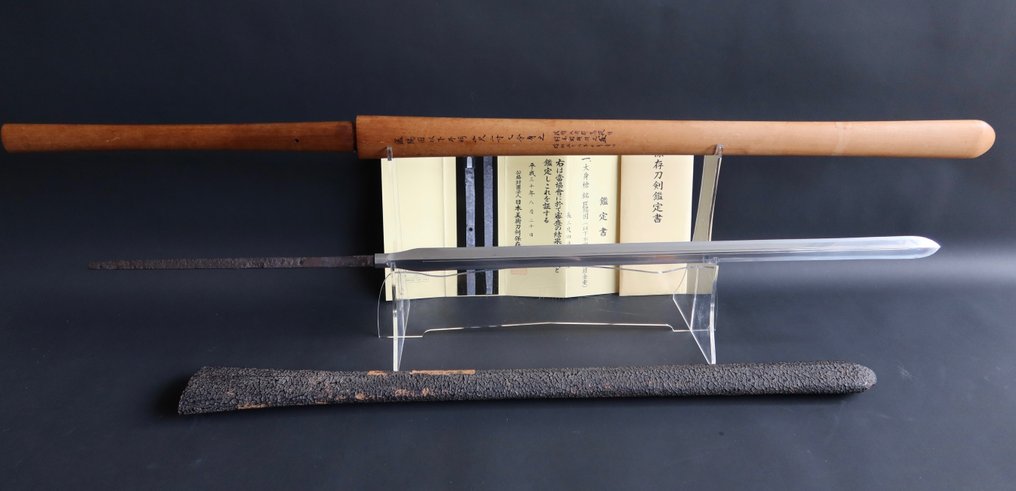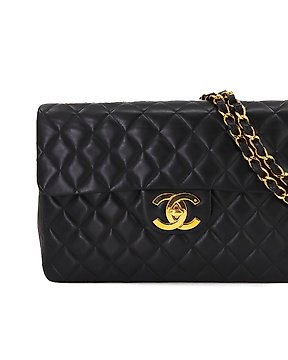Disclaimer
Denne varebeskrivelse er udelukkende med henblik på information. Visningen af genstanden i denne varebeskrivelse, indikerer ikke at den er blevet fysisk undersøgt af Catawiki, med henblik på sikkerhed eller funktionsdygtighed. Ydermere, tolererer Catawiki ikke nogen som helst form for ulovlig aktivitet, og bærer intet ansvar for nogen som helst form for ødelæggelse eller skade, forårsaget bevidst eller ubevidst, ved udbredelsen af denne information, eller brugen af genstanden beskrevet heri. Salg, køb, transport og besiddelse af våben, er underlagt nationale love og regulationer. Sikre dig venligst, at du er bekendt med lovene og regulationerne i dit land, før du byder på varen. Salg af våben til personer under 18 år, er forbudt. Ved at lægge et bud på denne vare, erklærer du, at du er 18 år eller ældre og at du på lovlig vis har tilladelse til at købe denne vare i dit land.
Denne varebeskrivelse er udelukkende med henblik på information. Visningen af genstanden i denne varebeskrivelse, indikerer ikke at den er blevet fysisk undersøgt af Catawiki, med henblik på sikkerhed eller funktionsdygtighed. Ydermere, tolererer Catawiki ikke nogen som helst form for ulovlig aktivitet, og bærer intet ansvar for nogen som helst form for ødelæggelse eller skade, forårsaget bevidst eller ubevidst, ved udbredelsen af denne information, eller brugen af genstanden beskrevet heri. Salg, køb, transport og besiddelse af våben, er underlagt nationale love og regulationer. Sikre dig venligst, at du er bekendt med lovene og regulationerne i dit land, før du byder på varen. Salg af våben til personer under 18 år, er forbudt. Ved at lægge et bud på denne vare, erklærer du, at du er 18 år eller ældre og at du på lovlig vis har tilladelse til at købe denne vare i dit land.
